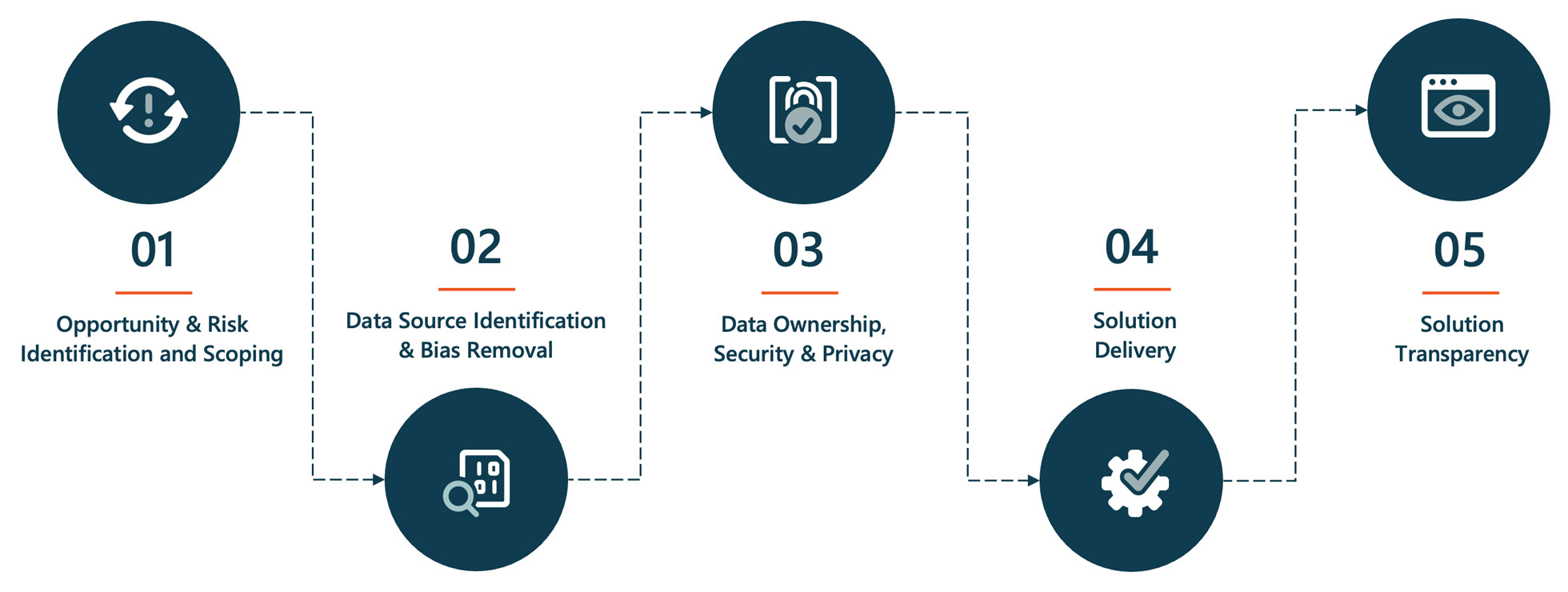The Intricacies of Cookie Usage in Digital Platforms
In today’s internet-driven world, understanding the role of cookies and user data management has become increasingly critical. Major platforms such as Yahoo and AOL leverage cookies to enhance user experience, authenticate sessions, and bolster security measures against spam and abuse.
Exploring Digital Privacy and Cookie Use
Cookies are not just simple identifiers; they are instrumental in analyzing user behaviors, personalizing content, and measuring the effectiveness of advertisements. When users engage with these platforms, they inevitably become part of a vast ecosystem where their interactions are tracked and analyzed.
In accordance with privacy regulations, Yahoo emphasizes the importance of user consent when it comes to data collection. Users are often presented with options to accept or decline cookies that facilitate an array of functionalities, from website personalization to tailored advertising. If you click on “Alle akzeptieren” (Accept All), both Yahoo and its partners may store information on your device. This includes utilizing location data and browsing history to create a more customized user experience. For transparency, platforms typically disclose their practices in their Cookie-Richtlinie.
Implications of User Consent
The user consent framework is vital in this digital landscape. As highlighted by the IAB Transparency & Consent Framework, adherence to consent protocols ensures that users are aware of how their data is utilized. Opting for “Alle ablehnen” (Reject All) can halt such data collection and usage. Furthermore, the options to manage privacy settings allow users to tailor their preferences, thus fostering a sense of control over their data. The process of adjusting these settings is made accessible through links like Datenschutzeinstellungen verwalten.
User Control and Data Privacy
Navigating the balance between functional services and user privacy remains a challenge for many digital platforms. Data tracking enables more efficient services but comes with the trade-off of user privacy. According to privacy regulations, companies like Yahoo must provide clear avenues for users to understand and engage with their data policies.
Trust and Transparency in Data Usage
For many users, trust hinges upon transparency regarding how their data is collected and utilized. Therefore, having clear guidelines and accessible privacy policies enhances user confidence. Yahoo’s detailed Datenschutzerklärung outlines its commitment to protecting user data while maintaining a balance with operational requirements.
In this complex interplay of digital services and privacy expectations, the role of cookies cannot be understated. They function not only as technical tools but also as a bridge between user engagement and data protection. The ongoing dialogue regarding data practices will continue to shape the future of how digital platforms operate and how they are perceived by their user base.
The Future of Digital Privacy
In conclusion, as users become more aware of their digital footprints, companies are influenced to innovate and adapt their data practices. Striking a balance between enhanced user experiences and rigorous privacy measures is essential as we proceed into a more interconnected digital future. The challenge remains for tech giants to cultivate a culture of trust while still leveraging data for advertising and service personalization. Through persistent efforts in transparency and user empowerment, they can not only comply with regulations but also build sustainable relationships with their users.


 Photo by
Photo by 










